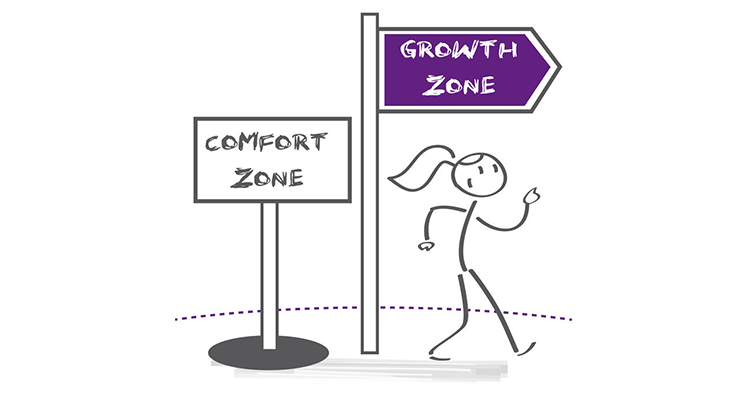Being Comfortable Outside of Your Comfort Zone

If you stick around long enough you will see patterns repeat themselves. Most businesses in this channel are more similar than they are different; they have similar strengths and weaknesses. They’ll also have similar problems that need solving. The problems will be similar but seldom identical. The solutions that worked for your clients may need to be tweaked or modified when you apply them somewhere else.
Not long ago, I noticed that one of my dealer’s clients had stopped ordering an entire product category. They were still ordering regularly, but they just weren’t ordering that one particular item.
My first priority was to call their purchasing manager and find out if they were cheating on me with another supplier. They told me it wasn’t that they were ordering from somewhere else; they weren’t ordering at all.
The root cause of the problem was a couple of their top salespeople left, which I knew about. What I didn’t know (but should have guessed) was, when they left, they took their client lists with them and were serving their clients at their new job.
The sales team that remained were less senior. They didn’t understand that product category and were not effective at selling it. That’s definitely a problem. It’s a problem, however, that I know how to solve.
It’s a common problem. I’ve witnessed it and experienced it more than once. Being an effective solution seller depends on a combination of product knowledge and confidence. You must believe you know how to best select a solution that meets your customer’s needs.
If anything, confidence is more important than product knowledge. I don’t mean to denigrate the value of understanding the product, but when you believe wholeheartedly that you have just the right solution for the client, that belief shines through. You believe it and the client believes it. If you lack that confidence, that also shines through; The client senses it, and not in a good way.
We’ve all made sales despite ourselves rather than because of ourselves. The very first sale I made in retail electronics was a VCR that cost $1,000. When the customer said, “I’ll take it,” I was genuinely shocked because it wasn’t the outcome I expected.
When salespeople find themselves outside their comfort zones (whether they don’t understand something, are intimidated by it, or a little of both), they need to get over it. They’ll also most likely need some help doing it.
When you’re outside your comfort zone, it’s time to become comfortable. Make use of the materials and resources available to learn more about the thing you don’t know about. Then begin to master it.
That’s where we return to problem-solving with my dealer. I set up a webinar with their managers and sales team and looped in my trainer contact at my vendor. My vendor and I led a focused training session that started from the basics and went from there.
Unlike a more advanced training for senior salespeople or installers, we began with a 101-type training: Learning the fundamentals and applying them. Because it was sales training, the focus was on the feature/benefit sell: “This is what it is, this is what it does, and this is why it will make your client happy.”
The second part of my plan was ongoing training support. I didn’t want to put them through one webinar and hope for the best. I made it clear to the sales team they can contact me at any time for support to help them specify a product to make a sale. It’s my job to help them sell more of my stuff, so I am always happy to be on-call for that.
The third step of my plan was that I got my vendor to agree to a per-unit spiff program for a brief time while the new sales team gets up and running. They’re already well-compensated for the product category, but in my experience, a little extra cash in their pockets to incentivize them to try harder never hurts.


